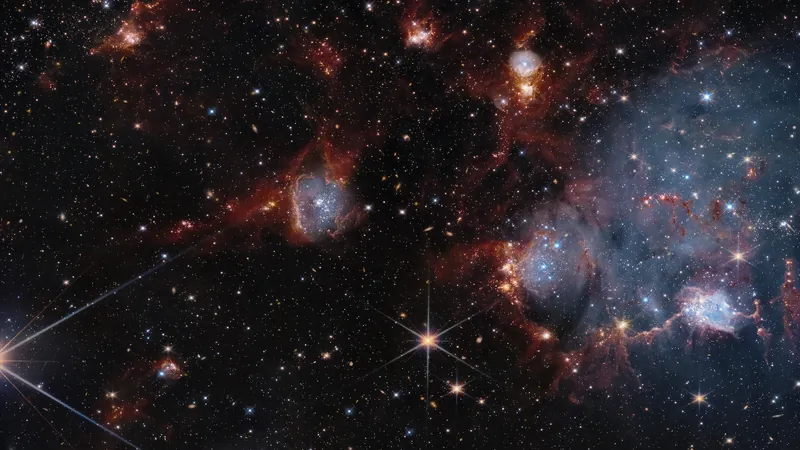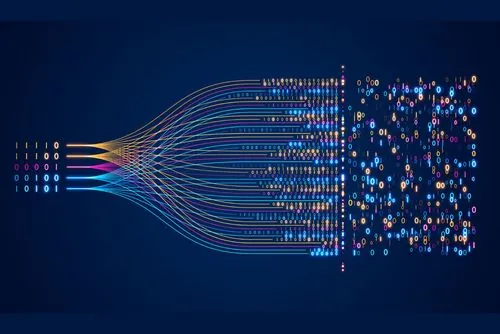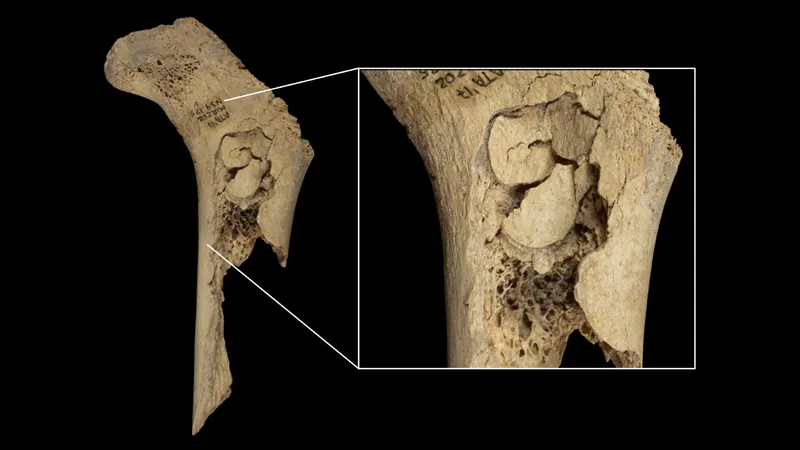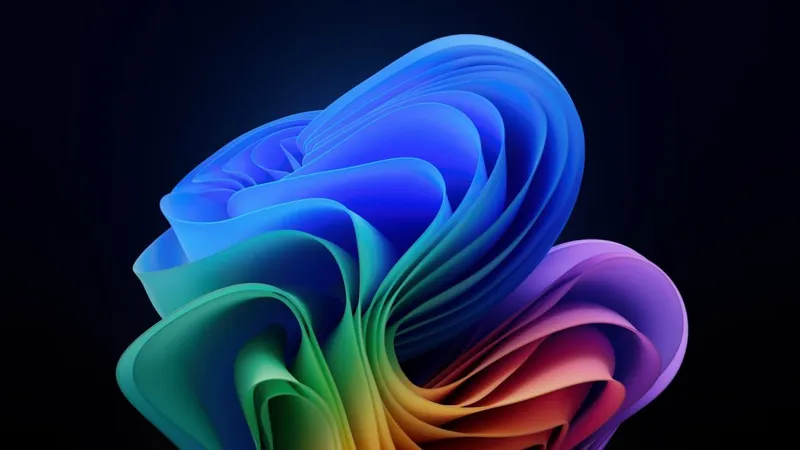
Cosmic Collaboration: Hubble and Webb Unveil Star-Studded Secrets of the Universe!
2025-07-13
Author: William
A Stunning Cosmic Collaboration!
Prepare to be amazed! NASA's Hubble Space Telescope and the James Webb Space Telescope (JWST) have teamed up to deliver a breathtaking new snapshot of the cosmos. Together, they’ve turned their gaze toward the Small Magellanic Cloud, a dwarf galaxy that dances around our own Milky Way.
An Image Like No Other!
This incredible 527-megapixel image showcases two vibrant star clusters, NGC 460 and NGC 456. These clusters are bursting with thousands of stars, all in various stages of life, and are no older than 10 million years—a mere blink of an eye compared to our Sun's 4.5 billion years!
Discover the Cosmic Nursery!
The image reveals a cosmic nursery filled with bluish gas clouds teeming with young stars, set against dramatic red filaments of dust. As young stars ignite, they reshape their surroundings, ejecting radiation that fuels further star creation. Hubble's sharp eye captures the glow of ionized gas, forming dazzling 'bubbles' that punctuate the stellar landscape.
A Perfect Partnership!
Meanwhile, JWST, operating in the infrared spectrum, exposes glowing dust lanes that absorb starlight, painting a complete picture that neither telescope could achieve alone. While Hubble excels at detecting visible light, JWST focuses on the hidden intricacies of dust—making this collaboration a match made in the cosmos.
Why Study the Small Magellanic Cloud?
Astronomers are keen on the Small Magellanic Cloud because it offers a glimpse into the early universe, lacking the heavier elements found in larger galaxies like the Milky Way. This makes it an ideal model for understanding the formation of primitive galaxies.
The Birthplace of Giants!
NGC 460 and NGC 456 aren’t just any clusters; they are part of the N83-84-85 complex, a true nursery of massive stars. In this stellar haven, astronomers have identified rare O-type stars—ultra-massive giants that may number only around 20,000 in the entire Milky Way.
Catch the Magic!
Don't miss out on this spectacular view! An 87-megapixel version of this mesmerizing cosmic image is available for download from NASA, inviting stargazers everywhere to explore the wonders of star formation.









 Brasil (PT)
Brasil (PT)
 Canada (EN)
Canada (EN)
 Chile (ES)
Chile (ES)
 Česko (CS)
Česko (CS)
 대한민국 (KO)
대한민국 (KO)
 España (ES)
España (ES)
 France (FR)
France (FR)
 Hong Kong (EN)
Hong Kong (EN)
 Italia (IT)
Italia (IT)
 日本 (JA)
日本 (JA)
 Magyarország (HU)
Magyarország (HU)
 Norge (NO)
Norge (NO)
 Polska (PL)
Polska (PL)
 Schweiz (DE)
Schweiz (DE)
 Singapore (EN)
Singapore (EN)
 Sverige (SV)
Sverige (SV)
 Suomi (FI)
Suomi (FI)
 Türkiye (TR)
Türkiye (TR)
 الإمارات العربية المتحدة (AR)
الإمارات العربية المتحدة (AR)